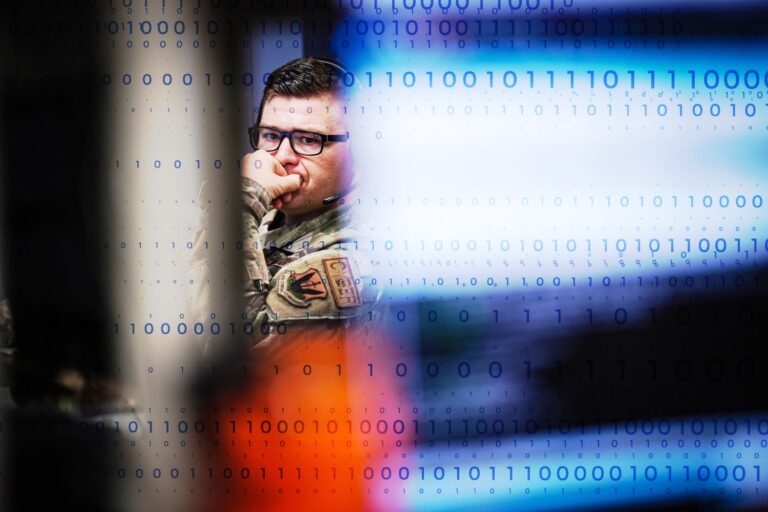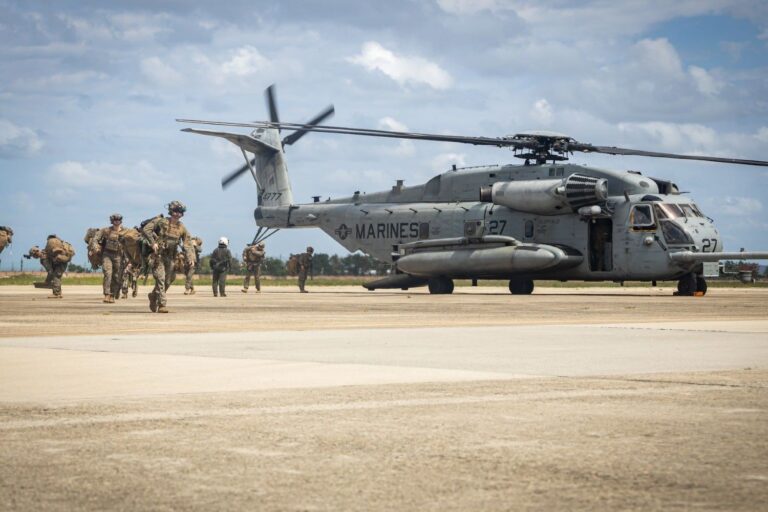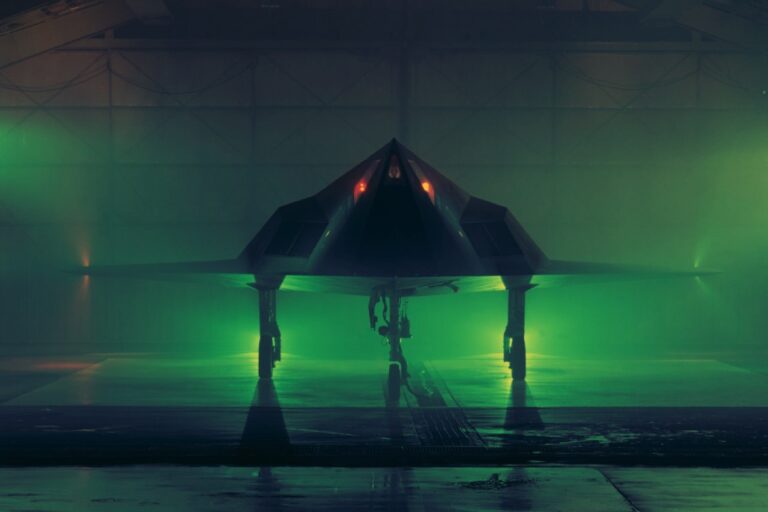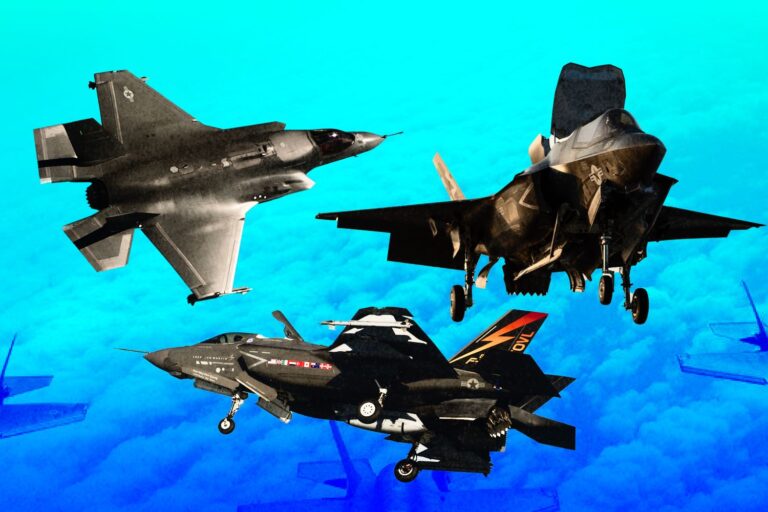The ‘Valley of Death’ in DoD: Challenges in Technology Transition
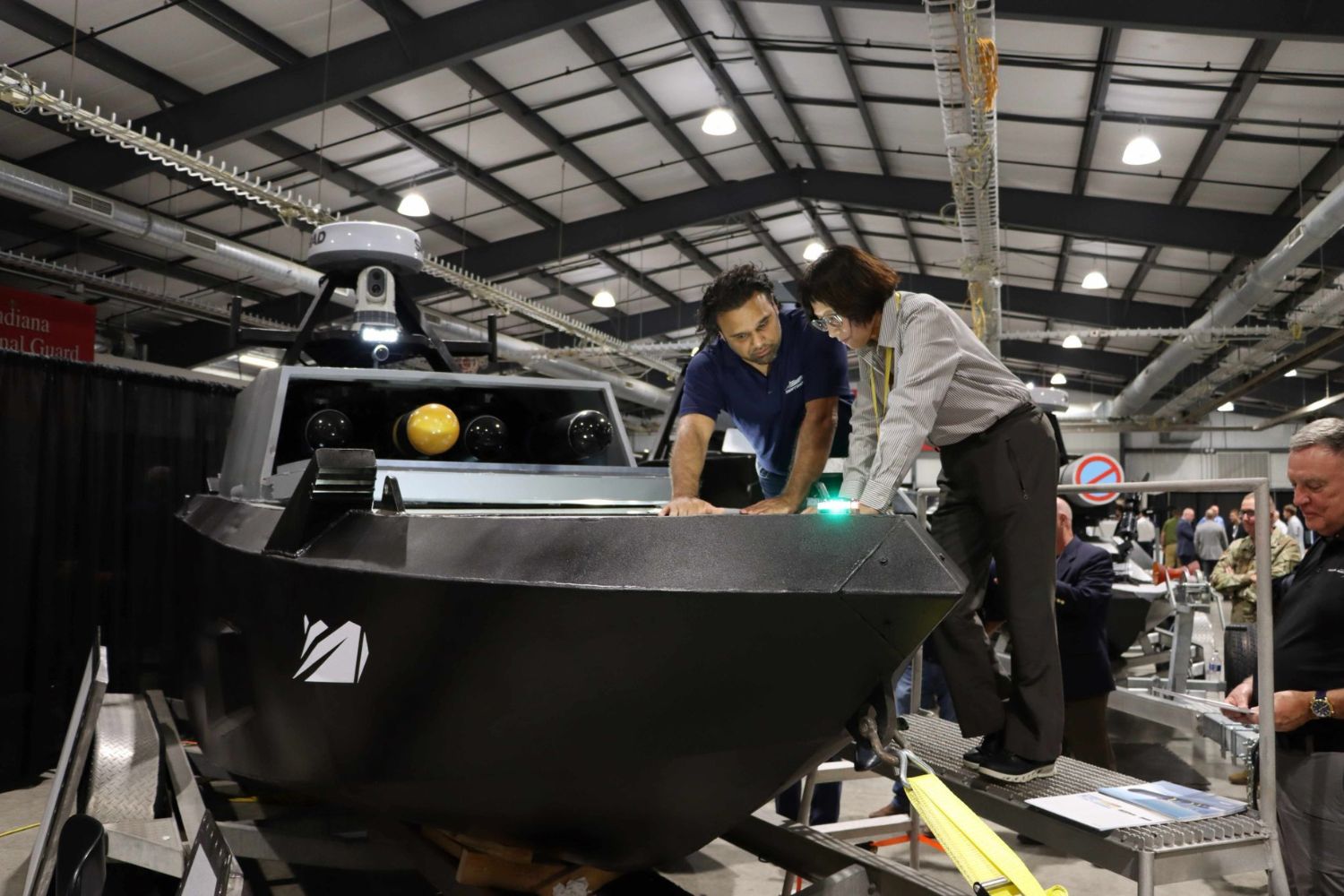
“I think transition clearly is one of our biggest problems. The so-called ‘Valley of Death,’ scaling up to fielding and full-scale production is a piece of that.” This statement by Deputy Defense Secretary Kathleen Hicks highlights a critical phase where new technologies often struggle within the Department of Defense (DoD).
Known as the “Valley of Death,” this period involves moving from development to deployment. The journey is filled with challenges like complex bureaucracy, funding gaps, and the difficulty of fitting new technologies into existing military systems.
The Diverse Interpretations of the “Valley of Death” within the DoD
Specifically, the “Valley of Death” in the DoD is a difficult period when new technologies have a hard time progressing from research and development to actual deployment. Many stakeholders view this phase differently, each encountering their own set of challenges and concerns.
From a financial perspective, the “Valley of Death” is characterized by gaps in funding. Although new technologies may receive initial support for research and development, they often have difficulty securing the extra funding needed for further development and integration into military programs.
This gap can arise from budget constraints, competing priorities, or the high costs of scaling up production.
“DoD wants to be an investor, it just doesn’t know how to do that,” said Will Roper, the strategic capital task force task chairman.
From a technical perspective, the “Valley of Death” involves turning prototypes into fully operational systems. Technologies need to meet strict military standards and undergo extensive testing. This complex process can result in delays and rising costs, making it challenging for new technologies to move beyond the prototype stage.
From a bureaucratic and procedural perspective, the DoD’s acquisition process can act as a major barrier. Its complexity, rigidity, and length often slow down the timely adoption of new technologies.
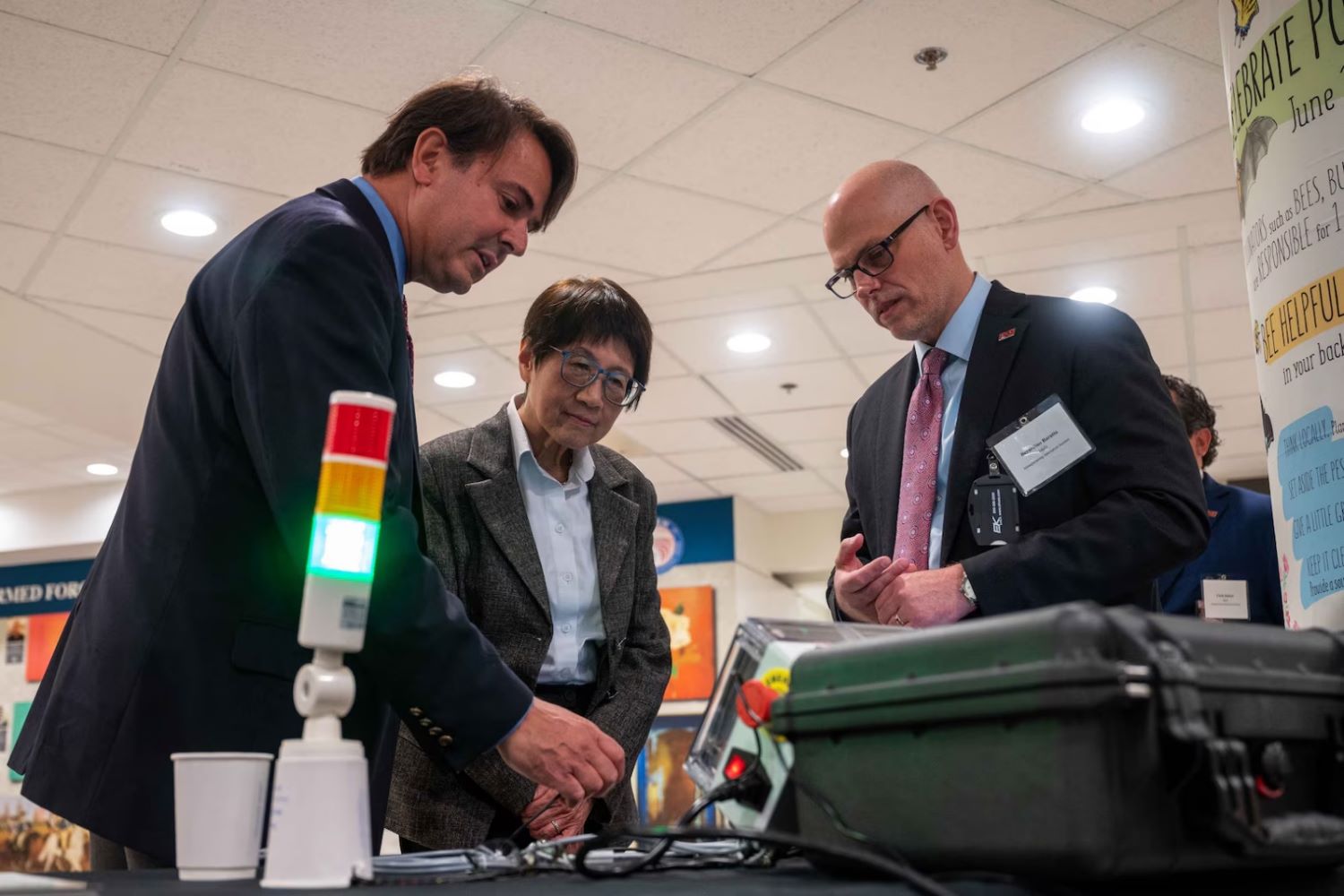
For instance, lengthy approval cycles and extensive documentation requirements can further impede the transition of innovative solutions into operational use.
In addition, from an organizational and cultural viewpoint, there may be resistance to change, with a prevailing preference for proven solutions over new, untested technologies. This organizational inertia can significantly hinder the acceptance and integration of innovations into existing systems.
Furthermore, the lack of clear pathways and guidance for transitioning prototypes into deployed systems complicates this already challenging phase.
From an industry and vendor perspective, the “Valley of Death” poses challenges for companies trying to enter the defense market. They need to create clear use cases that match the needs of the DoD while also dealing with a complicated acquisition process.
Competing with established contractors adds another layer of difficulty. Often, these companies lack the necessary resources and experience to overcome these obstacles without substantial support, making the journey through the Valley even harder.
When Promising Technologies Fail to Cross the “Valley of Death”
The “Valley of Death” within the DoD has seen many promising technologies struggle to move from research and development to full-scale production and deployment.
A well-known example is the Future Combat Systems (FCS) program, which aimed to modernize the U.S. Army with a network of manned and unmanned vehicles, sensors, and weapons.
Despite a lot of investment, the program faced many technical issues, integration problems, and rising costs, along with changing requirements. The program was canceled in 2009 by then-Defense Secretary Robert Gates.
Similarly, the Expeditionary Fighting Vehicle (EFV) was created to replace the old amphibious assault vehicles for the U.S. Marine Corps, aiming to provide better speed and protection.
On January 6, 2011, the Marine Corps canceled the Expeditionary Fighting Vehicle (EFV) program after spending about $3 billion on development. This decision was made due to reliability problems found during testing and rising costs.
“The program was unaffordable,” Lt. Gen. George Flynn, head of the Marine Corps’ Combat Development Command in Quantico, Va., stated.
In 2011, the cost of the EFV had risen to $18 million per vehicle. When the program began in the early 1990s, officials had estimated the vehicle’s price at $5 million. According to Flynn, at that rate, the EFV was set to use up the entire Marine Corps’ procurement budget over the next ten years.
Since the EFV was meant to replace the 40-year-old Amphibious Assault Vehicle (AAV), the Pentagon promised to quickly develop a “more affordable and sustainable” replacement. The Amphibious Combat Vehicle (ACV) was created to take the place of the AAV, including some features of the EFV but in a more practical and cost-effective way.
Another example is the RAH-66 Comanche helicopter, designed as a stealthy reconnaissance and attack helicopter for the U.S. Army. The program was canceled in 2004 after spending around $7 billion, primarily because of rising costs, technical difficulties, and shifting military requirements.
Likewise, the Joint Tactical Radio System (JTRS) aimed to create interoperable, software-defined radios for the U.S. military. It faced technical issues, integration challenges, and cost overruns, which resulted in restructurings and a reduction in the program’s scope.
Along the same lines, JTRS is widely seen as one of the DoD’s greatest acquisition failures, having spent $6 billion over 15 years without delivering a radio.
“As I look backwards there is a lot of culpability, so I would be the last person to blame my industry partners for how I managed a program. In all frankness, if I were to tell you my biggest complaint, it would not be directed against industry. I would probably try to do my contracting differently,” said Joint Program Executive Officer (JPEO) BG Michael Williamson.
“We normally start with a cost-plus arrangement with some sort of incentive award fee. And then when you get to production you agree on a cost and buy radios at some set amount; that’s the standard model,” Williamson added.
Current Initiatives: Efforts by the DoD to Bridge the “Valley of Death”
The DoD recognizes the importance of addressing the “Valley of Death,” the tough gap between research and actual use in the field.
To meet this challenge, the DoD has started a range of initiatives aimed at making the transition process smoother and helping new technologies get into the hands of those who need them.
The Defense Innovation Unit’s (DIU) Path to Modernizing Defense Technologies
The DIU’s mission is to speed up the adoption of commercial technology for the U.S. military. A keyway the DIU accomplishes this is by using other transaction authorities, which enable them to develop prototypes much faster than traditional DOD processes allow.
“The core of DIU operations continues to be fueled by our Commercial Solutions Opening process leveraging the Other Transaction ‘OT’ authority, and a commitment to being a ‘fast follower’ of commercial technology,” said Mike Madsen, director of the DIU.
In fiscal year 2022, the Defense Innovation Unit transitioned 17 commercial platforms to Department of Defense and civilian agency users, an increase from eight transitions the previous year. This achievement is equivalent to contract awards valued at $1.3 billion.
According to DIU’s annual report for FY 2022, the DOD’s innovation arm issued 36 solicitations, marking a 38 percent increase from the previous year, and received 1,636 proposals from commercial offerors.
During FY 2022, DIU awarded 81 other transaction prototype contracts, totaling approximately $204.8 million, which represents a 12.5 percent increase from the 72 OT prototype contracts awarded in the prior year.
On average, DIU took 142 business days to award a prototype OT contract and transitioned 52 prototype contracts into follow-on contracts across the department, reaching a total value of $4.9 billion.
“As we move further along into FY 2023, DIU remains dedicated to accelerating commercial solutions to our DoD and U.S. government partners, strengthening our national security innovation base by lowering the barriers to entry and providing recurring revenue to non-traditional companies,” said Mike Madsen.
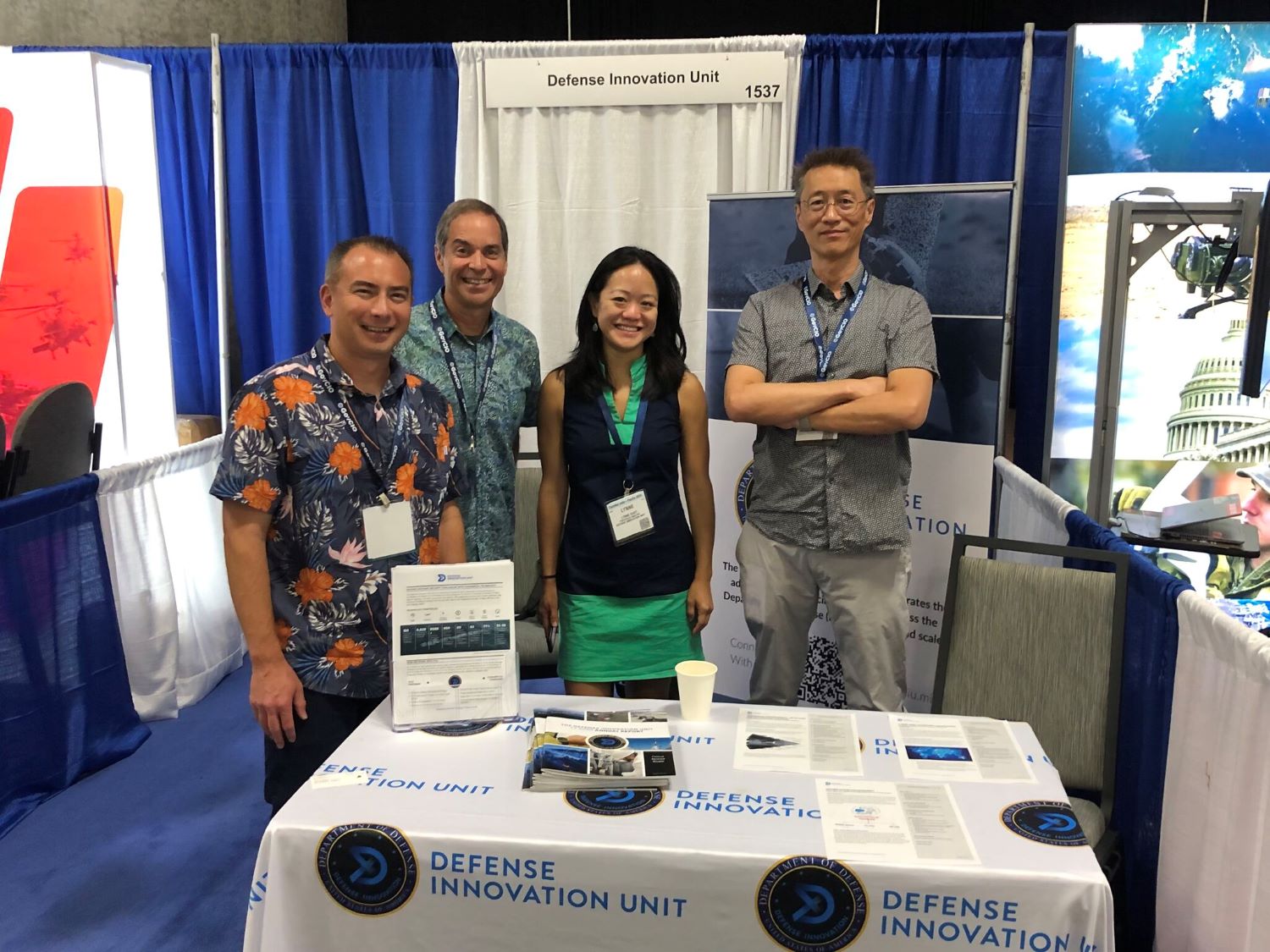
Despite these successes, challenges remain in scaling these innovations across the broader DoD. While the DIU has successfully brought some technologies to the prototype stage, integrating these solutions into larger, more complex defense systems is still a hurdle.
The intricate DoD acquisition process and the requirement for technologies to meet strict military specifications can slow or even halt the transition of new innovations.
As a further matter, the DIU’s efforts are often affected by structural and cultural challenges within the DoD. For example, there can be resistance to adopting new technologies due to a preference for established solutions and the bureaucratic inertia typical of large organizations.
Nevertheless, the DIU continues to play an important role in bridging the “Valley of Death” by creating pathways for commercial technologies to enter the defense market.
The OSC’s Approach to Funding Innovation
The Office of Strategic Capital (OSC) was set up by Secretary of Defense Lloyd J. Austin III in December 2022. Its job is to attract private investment for national and economic security priorities.
The OSC aims to solve the financial challenges of the “Valley of Death” by providing funding and support to innovative companies. This helps these companies get the resources they need.
In December 2023, Congress officially enacted OSC into law through the FY24 NDAA, giving the office new powers to issue loans and loan guarantees. Additionally, Congress allocated funds in March 2024 for OSC to lend up to $984 million to eligible companies.
“Through these congressional authorities and appropriations, the DoD now has proven financial tools to enable millions of dollars of investment in national security priorities at limited cost to the Department and the taxpayer,” said OSC Director Jason Rathje.
The Office of Strategic Capital implements its mission through key functions and programs designed to support the transition of innovative technologies.
The OSC gives loans to eligible borrowers in important technology areas that help national and economic security. This includes direct loans for investments and equipment, with amounts between $10 million and $150 million.
By using its loan and loan guarantee authority, the OSC attracts more investments, making sure that companies working on essential technologies have the financial support they need to progress their projects.
The OSC supports a variety of technology areas listed in the National Defense Authorization Act (NDAA) of 2024. These areas align with the key technologies identified by DoD leaders, ensuring that the OSC focuses on the most important innovations.
The main categories include microelectronics, advanced computing, biotechnologies, clean energy technologies, and advanced telecommunications.
“We are in a global competition for leadership in critical technologies, and the Office of Strategic Capital will help us win that competition and build enduring national security advantages. By working with the private capital markets and by partnering with our federal colleagues, OSC will address investment gaps and add a new tool to the Department’s investment toolbox,” said Lloyd J. Austin III, Secretary of Defense.
Streamlining Technology Transitions: The Launch of the Transition Tracking Action Group (TTAG)
To improve technology transitions in the DoD, Under Secretary Heidi Shyu has started the Transition Tracking Action Group (TTAG) as of March 2024. This new group will use advanced data analytics to track how well the DoD delivers new technologies to military personnel.
Chaired by Cyrus Jabbari, the chief data officer of R&E, TTAG includes senior representatives from numerous military services. Its main goal is to make the DoD’s technology transition processes clearer and more efficient, ensuring that new systems and equipment reach the troops quickly and cost-effectively.
The group will create a comprehensive way to monitor technology transitions, looking at why some technologies succeed or fail. This will help the Joint Force be better prepared to face challenges.
By using artificial intelligence (AI) and machine learning (ML), the DoD can gain a better understanding of its operations.
Jabbari highlighted current limitations in the DoD’s data systems, stating, ” Lack of visibility impedes efficiency and delivery of the best capabilities for troops and the Joint Force.” TTAG’s focus on advanced analytics aims to resolve these issues.
The group’s charter includes three main objectives: finding opportunities and obstacles in technology tracking, using data to monitor transitions, and developing necessary processes and policies. These steps will improve oversight from research and development to deployment.
TTAG is part of a broader effort led by Deputy Secretary Kathleen Hicks to tackle barriers in defense innovation. This digital transformation aims to empower technology and acquisition communities by using recent advancements in data analytics.

With better data access, the department is already seeing benefits. Jabbari noted that they can now analyze vast amounts of funding data to understand the impact of their investments, especially with innovative small businesses.
As TTAG grows, its expertise in data analytics will enhance the department’s capabilities. The group will also track how well technological investments meet the warfighter’s needs, providing better visibility and addressing long-standing gaps.
“Our goal is to help the Department of Defense connect data systems to create a common operating picture, which will help deliver the right capability to the Joint Force,” Jabbari explained.
TTAG will also update policies and data sources for tracking technology transitions, conduct research to map data relationships, and address priority issues as needed.
Connecting the Dots: Reforming the Defense Market to Support Startups
The Defense Innovation Board Task Force on Strategic Investment Capital looked closely at the challenges startups face when working with the Department of Defense. They spoke with many people, including startup founders, venture investors, and current and former DoD leaders. One major finding was that the DoD needs to make changes to better support startups.
First, the DoD should be more welcoming and flexible, allowing easier engagement with outside companies. They need to highlight how new technologies can meet military needs, which would help clarify what products would work best.
Additionally, the DoD should offer tiered investments to help startups move from initial prototypes to fully developed products ready for use. It’s also important for the DoD to communicate clearly and promptly throughout the investment process to build trust with startups.
According to Defense Innovation Board’s report, there is a funding gap in the middle of the “Valley of Death”.
The report states, “Middle of the Valley, currently empty, needs an ‘oasis’ of funding to bridge DoD’s yearly portfolio of R&D investments into its two—often three-year program-specific budget cycles.”
On the procurement side, the task force called for reforms that would create more frequent opportunities for capabilities, increase agility in managing programs, and set up incentives for working with innovative startups.
Besides, according to the Government Accountability Office (GAO), there are several recommendations aimed at enhancing the Department of Defense’s technology development and transition processes.
One key suggestion is for the DoD to implement a gated process that incorporates a distinct transition phase. This process would involve identifying specific criteria to guide funding decisions, ensuring that resources are allocated effectively and strategically.
The GAO also recommends expanding the use of transition agreements and appointing relationship managers to facilitate smoother collaboration between different stakeholders. These measures aim to strengthen partnerships and streamline the transition from research and development to actual deployment.
On top of that, the GAO advises that a portion of the research and development budget – specifically for advanced component development and prototypes – be set aside for the Science and Technology community.
This allocation would provide dedicated resources to manage the transition of promising technologies into acquisition programs, thereby bridging the gap between innovation and operational use.
Clear Pathways for Successful Technology Transitions in the DoD
Crossing the “Valley of Death” in the DoD requires clear steps to help new technologies move smoothly from research and development to full production and deployment.
The competitively awarded Small Business Innovation Research (SBIR) and Small Business Technology Transfer (STTR) programs, established by President Ronald Reagan in 1982 and recently reauthorized by Congress, have the potential to significantly bridge the funding gap in defense innovation.
The Pentagon’s new Small Business Strategy highlights how important small companies are for keeping the U.S. technologically ahead of China and other rivals.
Defense Secretary Lloyd Austin pointed out, “Despite their significance to the defense mission, the Department of Defense has yet to utilize the full potential of small businesses.”
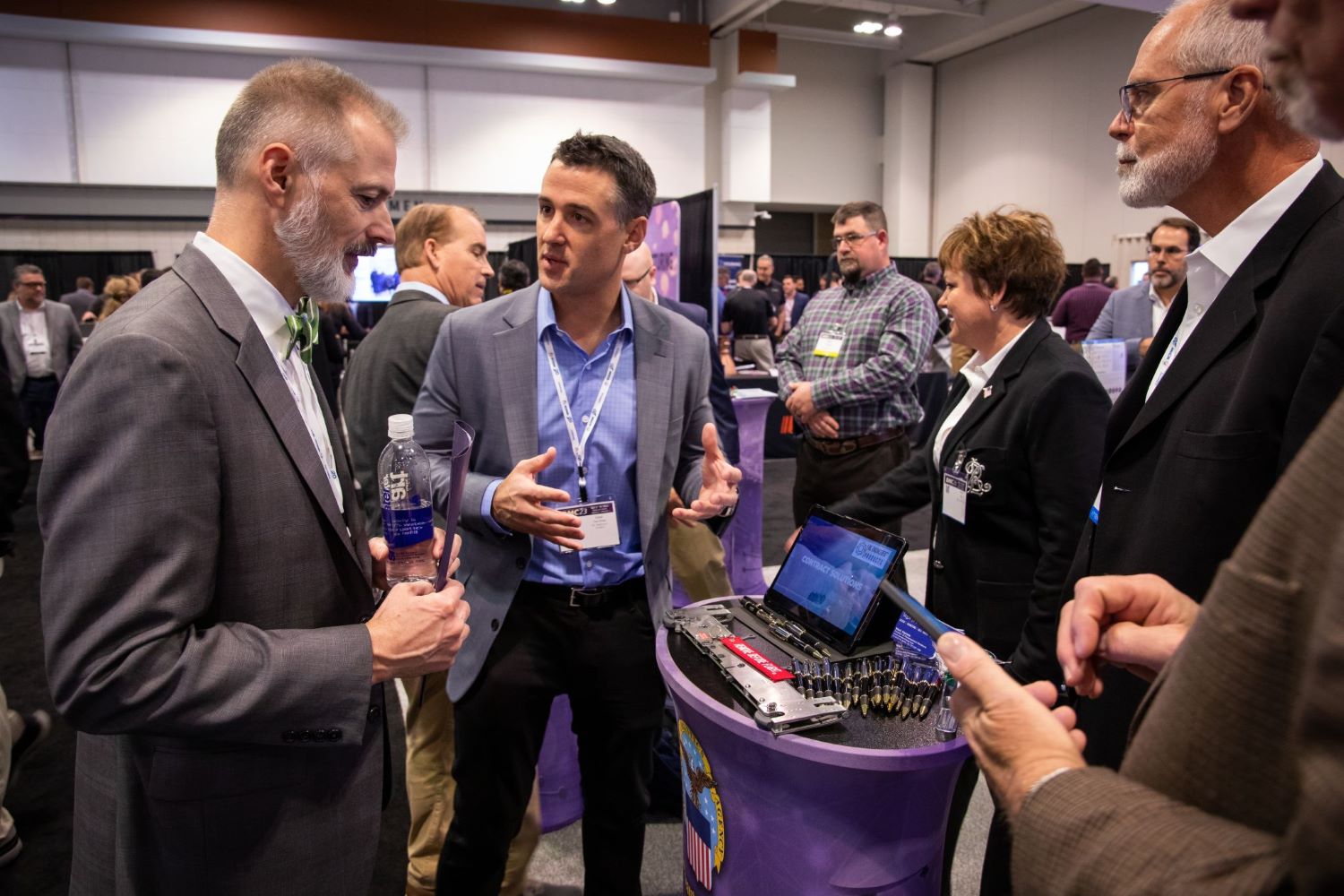
A review by the DoD of the economic impacts of the SBIR program revealed a 22-to-1 return on investment and $28 billion in sales of new technology to the military.
In her testimony to Congress supporting the reauthorization of the program, Undersecretary for Research and Engineering Heidi Shyu stated that the “SBIR/STTR programs play a vital role in enabling the U.S. to maintain technological dominance and provide the innovation to allow the U.S. to remain ahead of our adversaries.”
Past reauthorizations of the SBIR/STTR programs have improved the success of technology transitions by providing extra funding to help develop new technologies, such as through the Commercialization Readiness Program and the Rapid Innovation Fund.
Acquisition authorities are getting better at recognizing and using additional SBIR funds for promising technologies.
Besides, ensuring sufficient funding to cross the “Valley of Death” is crucial for improving the adoption and success of technology transitions.
The Joint Program Executive Office for Chemical, Biological, Radiological, and Nuclear Defense (JPEO-CBRND) has integrated multiple alternative approaches to enhance its transitions.
These approaches include lessons learned from transitioning Science and Technology (S&T) to the Integrated Early Warning Program. They use a tailored version of Special Operations Command’s Transition Confidence Levels and look into metrics from other services, especially the Navy, to help measure and support transitions before, during, and after they happen.
Understanding that a single approach isn’t effective for every situation, the JPEO-CBRND created straightforward hybrid metrics to assess and support the progress of S&T data, technology, and capabilities moving to Program of Records (PoRs).


